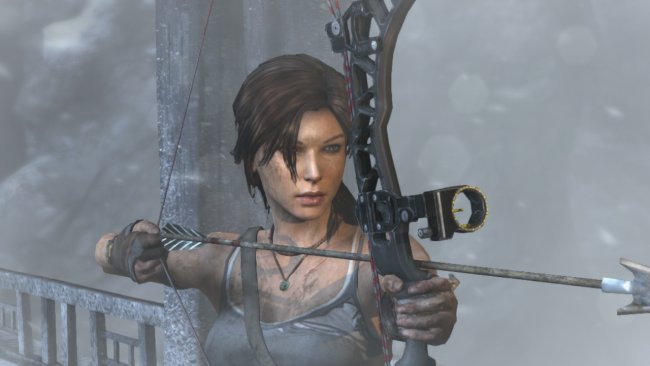 When Lara Croft first appeared in 1996, she was a rare kind of character—a female protagonist in a video game. Nearly two decades later, you’d think that wouldn’t still be such an uncommon thing. Yet, in 2012, video game research firm Electronic Entertainment Design and Research looked at a sampling of 669 games where the protagonists had discernable genders—only 24 games had exclusively female protagonists.
When Lara Croft first appeared in 1996, she was a rare kind of character—a female protagonist in a video game. Nearly two decades later, you’d think that wouldn’t still be such an uncommon thing. Yet, in 2012, video game research firm Electronic Entertainment Design and Research looked at a sampling of 669 games where the protagonists had discernable genders—only 24 games had exclusively female protagonists.
So how fitting was it that just a year later, in 2013, Lara Croft returned in the Tomb Raider reboot? She could disprove the film and game industry’s assumptions that stories with female leads don’t sell well. And she did. In just one month, the Tomb Raider reboot sold 3.4 million copies.
However, publisher Square Enix found those sales numbers disappointing. And just like that it looked like one of the most iconic female game characters of the ’90s would be disappearing in favor of more games featuring white guys with beards and guns.
Obviously, that didn’t happen. 2013’s Tomb Raider sales have risen to over 8.5 million (the highest selling game in the franchise), so Lara will be returning in a sequel, Rise of the Tomb Raider, later this year.
It’s kind of sad that my reaction to hearing about the sequel was relief as much as excitement. The reboot had fun gameplay, so I’m glad more will be done with it. But I’m also glad Lara isn’t going to be cited as another example of female characters not being profitable.
Lara isn’t like many other characters who were big names in the 90s; if the game industry loses her, it’s significant. Mario and Sonic stopped blazing trails years ago, and are basically just game nostalgia icons comparable to Mickey Mouse, whereas Lara is still one of the few female leads backed by big publishers. While there are some newer faces that are supported by big names, their depictions can leave a lot to be desired. A newer character like Bayonetta is criticially-praised, but there’s also the problem of her outfit literally being made from her own hair. So when she uses her hair to attack enemies, the player is “rewarded” by learning that Bayonetta is actually fighting naked.
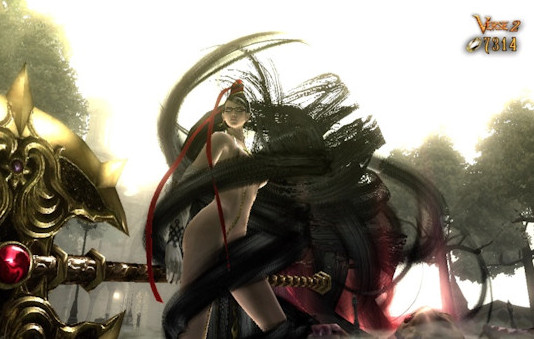 The perfect example of the sales scrutiny female characters are under comes from another big name of the ’90s: Samus Aran, of the Metroid series. Super Metroid is frequently called one of the best games ever made, so you’d think Samus would have some leeway for a stumble in her track record, like when the Nintendo icon’s latest adventure, Metroid: Other M, garnered mixed reviews and disappointing sales. But that was back in 2010, and there hasn’t been a peep about a new entry in the franchise since then.
The perfect example of the sales scrutiny female characters are under comes from another big name of the ’90s: Samus Aran, of the Metroid series. Super Metroid is frequently called one of the best games ever made, so you’d think Samus would have some leeway for a stumble in her track record, like when the Nintendo icon’s latest adventure, Metroid: Other M, garnered mixed reviews and disappointing sales. But that was back in 2010, and there hasn’t been a peep about a new entry in the franchise since then.
Ironically, some of those mixed reviews stemmed from the sexist characterization of Samus throughout the game. Prior games depicted her as a stoic, self-sufficient, badass bounty hunter. In Other M she encounters her former commander, Adam Malkovich, and defers to him as her mission leader. Fair enough; but she also defers to him for permission to do extremely basic things—like not kill herself. One infamous section sees Samus traveling through caverns that are so hot, they are burning her alive. Samus’ power suit is fully equipped with an armor piece that can protect her from the heat, but she refrains from using it without authorization. The story writers seriously depicted her as being willing to die rather than protect herself without a man’s permission.
 Financial failures like that matter for female characters. Some publishers might realize stupid characterization effects profits, but others will blame bad sales on gender. Eurogamer reported on the difficulties the staff behind Remember Me faced in finding a publisher due to their protagonist’s gender. The creative director behind the game, Jean-Maxime Moris, said, “We had some [companies] that said, ‘Well, we don’t want to publish it because that’s not going to succeed. You can’t have a female character in games. It has to be a male character, simple as that.'” That same link above also mentions how female characters tend to get around 40% of the marketing budget that male characters do, but yeah, gender must be the real obstacle.
Financial failures like that matter for female characters. Some publishers might realize stupid characterization effects profits, but others will blame bad sales on gender. Eurogamer reported on the difficulties the staff behind Remember Me faced in finding a publisher due to their protagonist’s gender. The creative director behind the game, Jean-Maxime Moris, said, “We had some [companies] that said, ‘Well, we don’t want to publish it because that’s not going to succeed. You can’t have a female character in games. It has to be a male character, simple as that.'” That same link above also mentions how female characters tend to get around 40% of the marketing budget that male characters do, but yeah, gender must be the real obstacle.
That mindset seems to have permeated other developers’ work. Whether you loved them or thought they were overrated, the fact remains that The Last of Us and Bioshock Infinite were two of the most highly-praised games of 2013 (the same year as the Tomb Raider reboot). But players noticed that both games’ Troy Baker-voiced male protagonist didn’t actually seem like the star of the show. Instead, the focal point of the story in The Last of Us was on Ellie and her immunity to the infection that basically makes people into zombies. The plot of Bioshock Infinite was driven forward primarily by Elizabeth and her connection to the mysteries in Columbia.
It seems like both women easily could have been the player characters in their respective games (yes, I know Ellie is temporarily playable late in The Last of Us and its DLC, and Elizabeth gets a short DLC episode, but for 80-90% of the games you still control Troy Baker). But maybe both game’s developers just genuinely believed another dude with a beard and a gun was the best avatar for experiencing those stories. However, judging by the marketing controversies surrounding both games, I wouldn’t be surprised if they felt pressured to conform to a certain aesthetic.
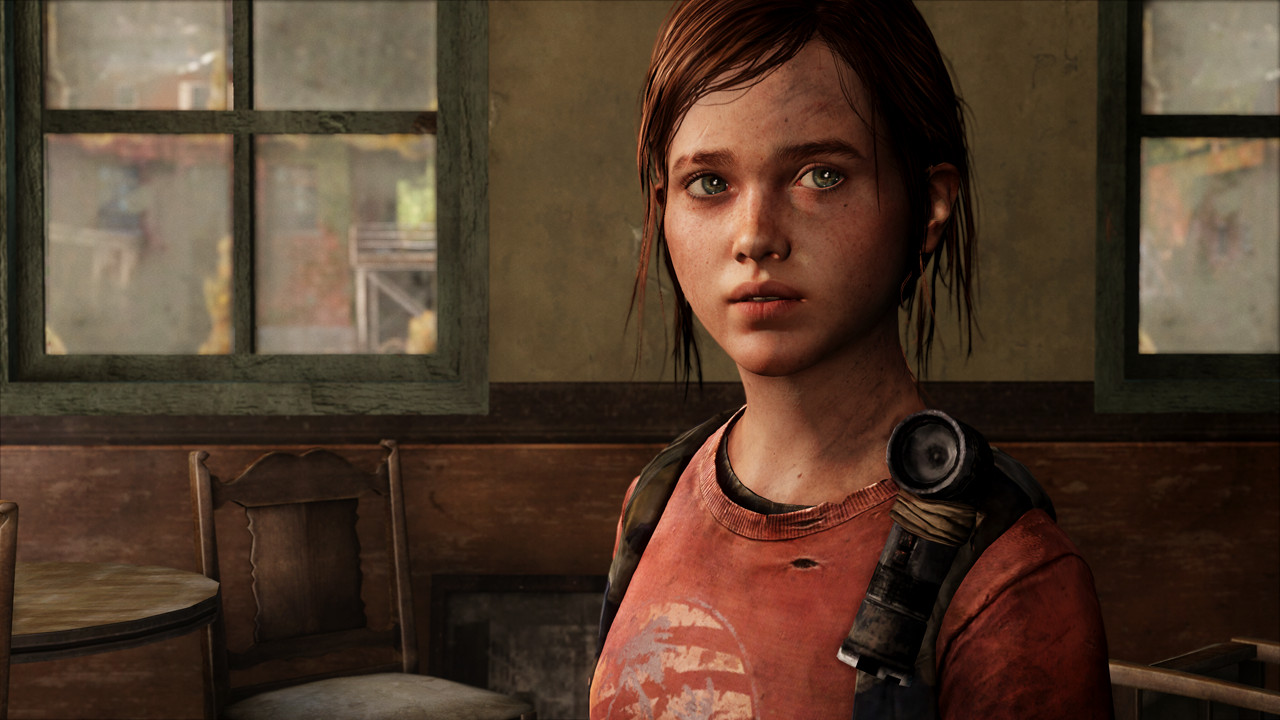 Destructoid reported that The Last of Us’ developer Naughty Dog was repeatedly asked not to put Ellie on the front of the game’s box art. Creative director Neil Druckmann commented on the issue, saying, “I believe there’s a misconception that if you put a girl or a woman on the cover, the game will sell less. I know I’ve been in discussions where we’ve been asked to push Ellie to the back and everyone at Naughty Dog just flat-out refused.”
Destructoid reported that The Last of Us’ developer Naughty Dog was repeatedly asked not to put Ellie on the front of the game’s box art. Creative director Neil Druckmann commented on the issue, saying, “I believe there’s a misconception that if you put a girl or a woman on the cover, the game will sell less. I know I’ve been in discussions where we’ve been asked to push Ellie to the back and everyone at Naughty Dog just flat-out refused.”
And hey, look at that, the world didn’t fall apart because of a girl being on the cover. In fact, the game sold well and has become regarded as one of the best games on the Playstation 3, which makes Bioshock Infinite’s handling of the same situation all the more disappointing.
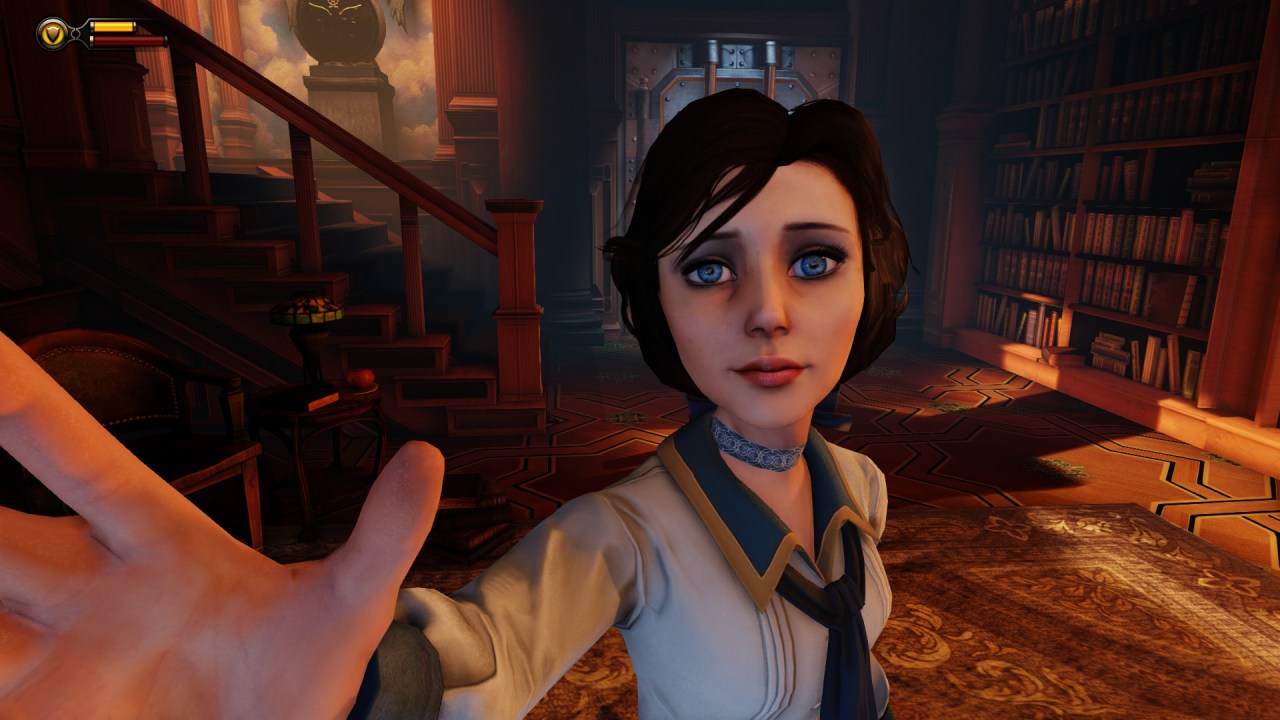 Elizabeth did wind up being relegated to the back cover of her game. In a sit-down interview, GameSpot even specifically asked the creator of Bioshock, Ken Levine, about the decision to keep Elizabeth off the front of the box. The excuse given was once again about marketing, which culminated in Levine stating, “I think it betrays a small view of the world to continue to be on these topics. We can kill the industry with cynicism.” So essentially he believes critiquing shitty treatment of female characters could somehow destroy gaming, so we should stop doing that and just be grateful for what we have.
Elizabeth did wind up being relegated to the back cover of her game. In a sit-down interview, GameSpot even specifically asked the creator of Bioshock, Ken Levine, about the decision to keep Elizabeth off the front of the box. The excuse given was once again about marketing, which culminated in Levine stating, “I think it betrays a small view of the world to continue to be on these topics. We can kill the industry with cynicism.” So essentially he believes critiquing shitty treatment of female characters could somehow destroy gaming, so we should stop doing that and just be grateful for what we have.
There are plenty of game developers that don’t believe that, and the indie gaming scene is definitely creating a dent in the problem, and producing really fun games too. Recent months have seen well-received female-starring titles like Crypt of the Necrodancer, and Shantae and the Pirate’s Curse (fun, despite its fanservice). Thanks to Kickstarter, Bloodstained: Ritual of the Night, is a female-led spiritual successor to Castlevania that’s something cool to look forward to.
But indie gaming can only change the trends so much. Mainstream games obviously are reaching an enormously wider audience, and will have the bigger impact. Before Metroid: Other M tanked, there was talk of a live action movie being made about Samus. That’s why Lara Croft is still an important and relevant character. She already got two movies starring Angelina Jolie. With the game franchise rebooted, there’s now talk of rebooting her film franchise as well. The world knows who she is, and unfair as it is, many will use her success or failure as a benchmark for what other female characters can accomplish.
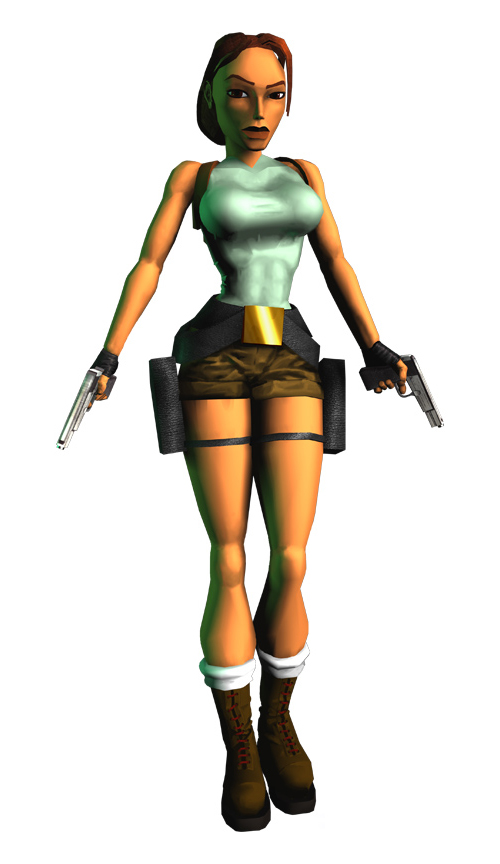 The Tomb Raider reboot had some good decisions in it, the most obvious of which was revamping Lara’s absurdly disproportionate body. The developers also made her strength relatable. She’s not a hero because of radiation-bestowed super powers. She’s just a perseverant woman fresh out of college who triumphs by learning how to survive the wilderness (plus cultists, and samurai zombies, but any camping trip is liable to have them).
The Tomb Raider reboot had some good decisions in it, the most obvious of which was revamping Lara’s absurdly disproportionate body. The developers also made her strength relatable. She’s not a hero because of radiation-bestowed super powers. She’s just a perseverant woman fresh out of college who triumphs by learning how to survive the wilderness (plus cultists, and samurai zombies, but any camping trip is liable to have them).
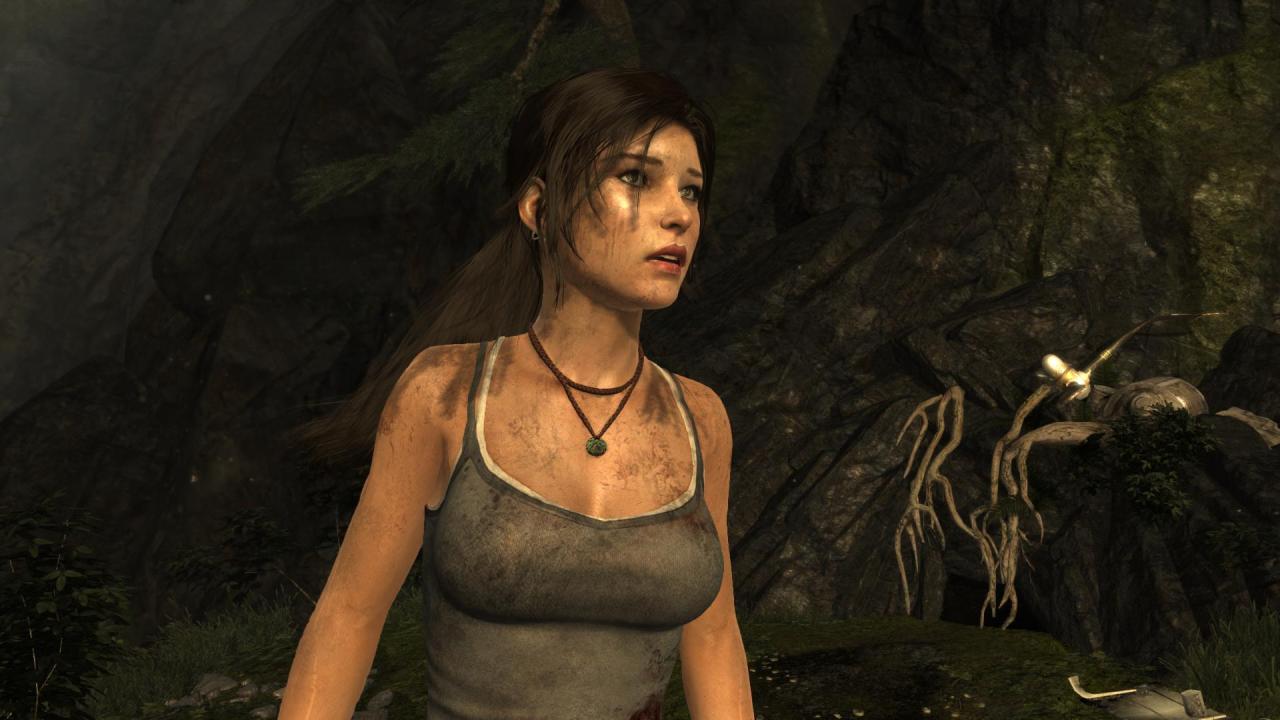 Unfortunately, the developers also rob Lara of some of that positivity with some questionable depictions, and frustrating remarks. For one, executive producer of the reboot, Ron Rosenberg, believes players of the game aren’t drawn to the character due to identifying with her, but rather out of a desire to protect her.
Unfortunately, the developers also rob Lara of some of that positivity with some questionable depictions, and frustrating remarks. For one, executive producer of the reboot, Ron Rosenberg, believes players of the game aren’t drawn to the character due to identifying with her, but rather out of a desire to protect her.
“When people play Lara, they don’t really project themselves into the character,” Rosenberg told Kotaku when asked if it was difficult developing a female protagonist. “They’re more like ‘I want to protect her.’ There’s this sort of dynamic of ‘I’m going to this adventure with her and trying to protect her.'”
That was bad enough, but Rosenberg wound up sticking his foot in his mouth a second time in that very same interview when he made the now infamous remark that Lara must fight not to be raped in the game. Outrage quickly followed the remarks, leading Kotaku to release the verbatim transcript of their interview with Rosenberg:
RON: “And then what happens is her best friend gets kidnapped, she gets taken prisoner by scavengers on the island. They try to rape her, and-”
KOTAKU: “They try to rape her?”
RON: “She’s literally turned into a cornered animal. And that’s a huge step in her evolution: she’s either forced to fight back or die and that’s what we’re showing today.”
The backlash against the idea of Lara facing rape was so immediate that the head of the game’s studio quickly released a statement clarifying that no such thing happens anywhere in the game. Misspeaking is one thing, but that interview really leaves the impression of the game’s creators not understanding their own product. It honestly kind of makes me wonder if the game turned out good partially by accident.
I mean the game was already far from perfect. Combat was fun, but the characterization of every character besides Lara was one dimensional. And there’s a severe dissonance between how Lara acts in cut scenes and how her gameplay functions. The creators tried to strip away the sociopathic nature of most shooters by having Lara express remorse for her kills. She apologizes when killing her first deer for food. She breaks down crying after killing a man for the first time, even though it was self-defense.
Yet the game simultaneously rewards you for killing. It’s the primary way to get experience points. Stealth sections are incredibly rare, and usually leave no alternative but to shoot everyone. By the end of the game Lara is berating the antagonist for all the senseless death he’s caused to try and achieve his goal. But the antagonist comes right back and calls out Lara for the hundreds of people she’s killed to reach him.
I’m still hopeful for the sequel, though. The trailer shows Lara seemingly coping with PTSD from her ordeal, but still continuing her explorations. The creators have also heard complaints about the tombs and puzzles of the first game being scarce and optional, and have stated the actual raiding of tombs will be more integrated into the journey. It sounds like a great move to separate Lara from the plethora of generic shooters out there.
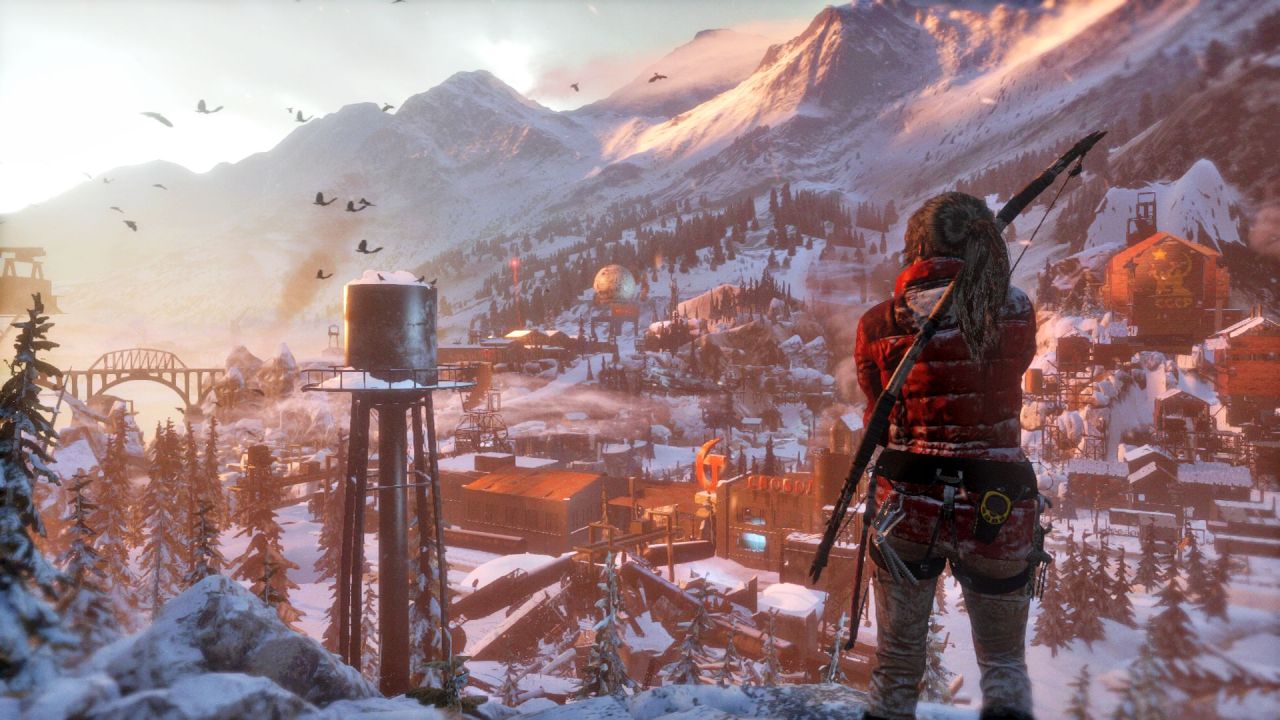 I really do hope the game does well. Not just because I want something fun to play, but because a big success for Lara can shatter some glass ceilings for other female protagonists. It’s not like the audience isn’t there; reports from 2015 state that 44% of gamers are female (plus any man who isn’t so insecure as to refuse playing a game just because of the protagonist’s gender).
I really do hope the game does well. Not just because I want something fun to play, but because a big success for Lara can shatter some glass ceilings for other female protagonists. It’s not like the audience isn’t there; reports from 2015 state that 44% of gamers are female (plus any man who isn’t so insecure as to refuse playing a game just because of the protagonist’s gender).
Jennifer Lawrence opened Hollywood’s eyes a bit with the massive success of The Hunger Games movies. Video games still need that break out star to dispel all the preconceptions and archaic justifications. Just like nearly two decades ago, Lara Croft is still in the prime position to be the woman to do it. It’s not all or nothing. If Lara can’t break the trend, I’m sure some other character will. But Lara already has a rare advantage with the backing she has, and it’d be a shame for it to be wasted. The most important battle Lara is fighting isn’t against savage wildlife or crazy cult leaders in her world; it’s the game industry right here in our world.
Chris Isaac (@thechrisisaac) is a freelance writer and journalist residing in Philadelphia. He’s written professional things about social issues and media for places like The Philadelphia Inquirer, and USA TODAY College. He also writes fiction that you’ll totally want to read once some of it actually gets published — it contains pirates and unicorns, so you know it’ll be awesome!
—Please make note of The Mary Sue’s general comment policy.—
Do you follow The Mary Sue on Twitter, Facebook, Tumblr, Pinterest, & Google +?



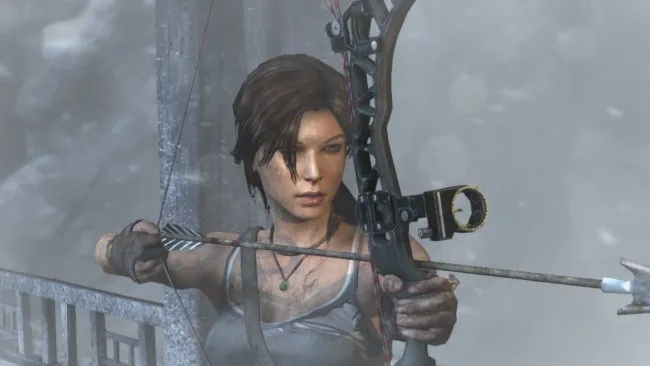





Published: Jun 13, 2015 11:00 am